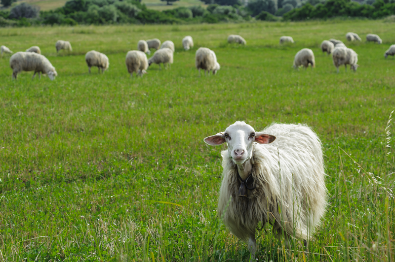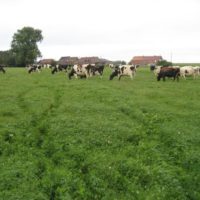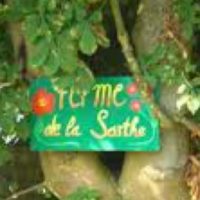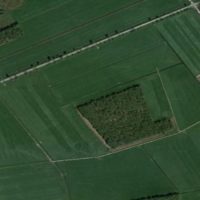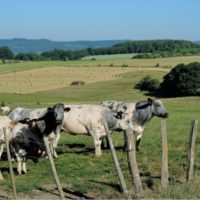Alfa-Alfa sub-irrigation system
Description
Two years ago Mr. Bargagli begun exploring ways to improve the productivity and sustainability of his farm. Following the advices of his extension services and several scientific supporters, he decided to invest in the water management of alfa-alfa installing a sub-irrigation system powered by the nearby river.
The new technique has been tested last year for the first time and immediately provided evidences of the efficacy of the investment in term of direct productivity and side advantages. The number of alfa-alfa cuts per years prompted from two to five cuts and also the quality improved (e.g. protein accumulation, NDF, etc.)
The gain in quality and quantity of available alfa-alfa leads to higher milk production per ewes.
Sub-irrigation showed also a conservative and positive effect on the physical structure of the soil, reducing soil compaction.
Reason for the innovation
- Higher production
- Curiosity in new agronomic techniques
- Increase forage stocks
- Improve economic sustainability
Farm description
Environment
- Main soil types: clayey-loam
- Climate: Warm Mediterranean climate
- Average Altitude: 400 m a.s.l.
- Slope: 10%
Grassland management
- Grazing: yes, combined with cuts
- Grazing management: rotational stoking
- Length grazing period: 8 month
- Number of cuts: 5
- Forage conservation type: hay
- Fertilisation rate: 100 kg of N/ha
Structure
- Annual Work Unit: 2480 hours
- Agricultural Area: 50 ha UAA
- Arable land 24 ha
- Permanent crop 20 ha
- Permanent grassland area 6 ha
- Temporary grassland area 2 ha
- Rangelands area 2 ha
Animal performance
- Breed type: Sarda sheep
- Total livestock unit: 29
- Milk production: 235 l/year/head
Why it is working
A river nearby the farm provides an almost unlimited and low cost water source.
The farm is composed mainly by lowlands.
Additional information
| Farming system | conventional farming |
|---|---|
| Domains of innovation | grazing management system |
| Main types of animal | dairy sheep, meat sheep |
| Country | Italy |
| Product type | Farmer portrait |
| Language | English, Italian |
